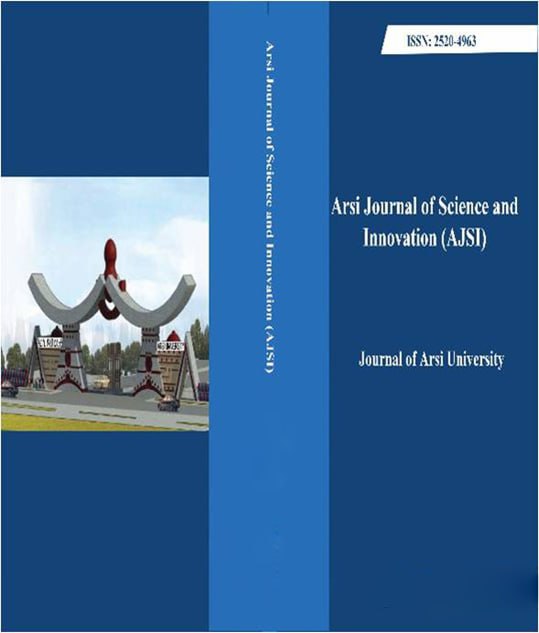Irrigation Scheduling Based on Evapotranspiration and Soil Water Balance Estimation for Papaya (Carica papaya L.) Fruit Production in the Central Rift Valley of Ethiopia
DOI:
https://doi.org/10.20372/75er-nf95Keywords:
Crop water requirement, decadal, effective rainfall, evapotranspiration, long-term weather data, papaya, water balanceAbstract
Papaya is a fast-growing, softwood, short perennial plant with large succulent foliage. It requires a consistent supply of optimal irrigation throughout the year for successful plantation growth. The Central Rift Valley of Ethiopia is the primary region for papaya production, supplying fresh fruits to Addis Ababa and surrounding markets year-round. However, the areas are hot and dry with short rainy periods, requiring irrigation water for crop production for more than nine months in a year. To determine the optimal irrigation needs for a specific location, estimating water balance and quantifying local evapotranspiration is one of the simplest methods for irrigation scheduling. The objective of this paper is to calculate on-site decadal ETc from longterm climate data and estimate water requirements (ETc) for papaya growing areas such as Batu, Bora, Koka, and Melkassa for first and subsequent years. The estimations showed that the annual decadal ETc was 2750.7 mm for Batu, 2993.1 mm for Bora, 3201.9 mm for Koka area, and 2984.2 mm for Melkassa for papaya production in the first year. The estimated annual net irrigation requirement was at 2099.5 mm for Batu, 2439.9 mm for Bora, 2598.0 mm for Koka, and 2468.1 mm for Melkassa areas for the first year of papaya production. The annual gross irrigation of 3520.1mm for Batu, 4066.5mm for Bora, 4330mm for koka and 4113.5mm for Melkassa areas also estimated for first year of papaya production. Volume of irrigation water of 39988.3m3/ha, 46195.6m3/ha, 49188.8m3/ha and 46729.7m3/ha were estimated for Batu, Bora, koka and Melkassa in first year of production. This evapotranspiration (ET) and soil water balance-based irrigation scheduling approach could be used until more suitable irrigation scheduling methods are developed for papaya growers in the study areas.
Downloads
Downloads
Published
Issue
Section
License
Copyright (c) 2024 Abera Tesfaye, Edossa Etissa (Author)

This work is licensed under a Creative Commons Attribution-NonCommercial 4.0 International License.
